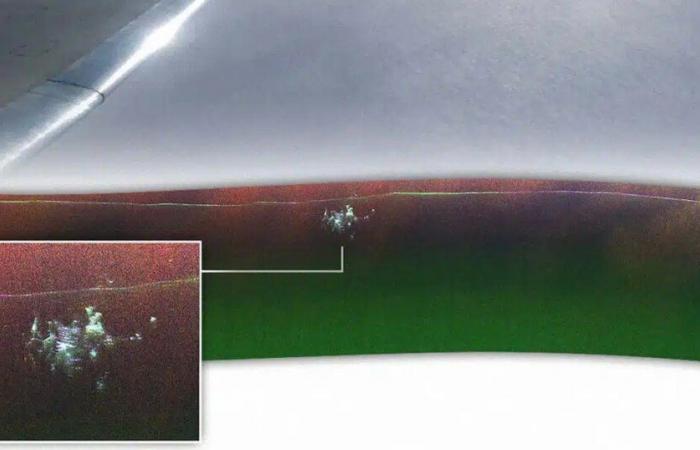In April 2024, a NASA mission dedicated to studying melting ice made an astonishing rediscovery in Greenland: Camp Centuryan American military base abandoned since 1967. Located approximately 150 kilometers inland, this base is buried under more than 30 meters of ice. Built during the Cold War by the US Army Corps of Engineers, Camp Century was not only an Arctic laboratory as announced at the time, but the scene of a secret project called “Iceworm”.
This program aimed to dig a vast network of tunnels under the ice to hide nuclear missiles capable of striking the main Soviet targets. However, the unpredictable movements of the ice made the project technically impossible. The base was quickly abandoned, but not without leaving behind tons of toxic materials buried in the ice.
An environmental bomb ready to explode
The rediscovery of Camp Century, although historically fascinating, today poses major environmental risks. In fact, scientists estimate that nearly 136 hectares of toxic waste are buried on the site, including 53,000 liters of diesel fuel, radioactive fluids and biological waste. With global warming, the accelerated melting of the ice could reveal these pollutants before the end of the century.
According to a study published by CIRES (Cooperative Institute for Research in Environmental Sciences), the transition from constant snow to net melting could begin as soon as 2090thereby exposing these dangerous substances to the ecosystem. Once this melting begins, the impacts on the environment could be irreversible, contaminating the surrounding soil and water, with serious consequences for local biodiversity and human populations.
A legacy of the Cold War
Built in 1959, Camp Century embodies the audacity and excess of American military strategy at the height of the Cold War. Officially described as a scientific research platform in the Arctic, the base actually served as a test bed for an ambitious but dangerous nuclear strategy. The Iceworm Project planned to dig 3,000 kilometers of tunnels to shelter up to 2,000 launch points of nuclear missiles, targeting 80% of Soviet territory and its allies.
This project, carried out in secret, had not even been communicated to Denmark, sovereign of Greenland. It was only in 1997, after the declassification of American archives, that the existence of this program was revealed, sparking diplomatic tensions between the United States and Denmark.

A lesson for the present
Beyond its historical interest, Camp Century illustrates the unforeseen consequences of military decisions taken without considering their long-term impacts. Although this base has contributed to scientific advances, such as the collection of ice cores revealing the climatic history of the Earth, it also symbolizes the excesses of an era marked by the arms race.
With the specter of imminent ice melt, the question remains open: Who will take responsibility for managing this buried waste? The rediscovery of Camp Century reminds us that the mistakes of the past never really go away, they just wait to be exhumed.
https://earthobservatory.nasa.gov/images/153616/new-view-of-the-city-under-the-ice






